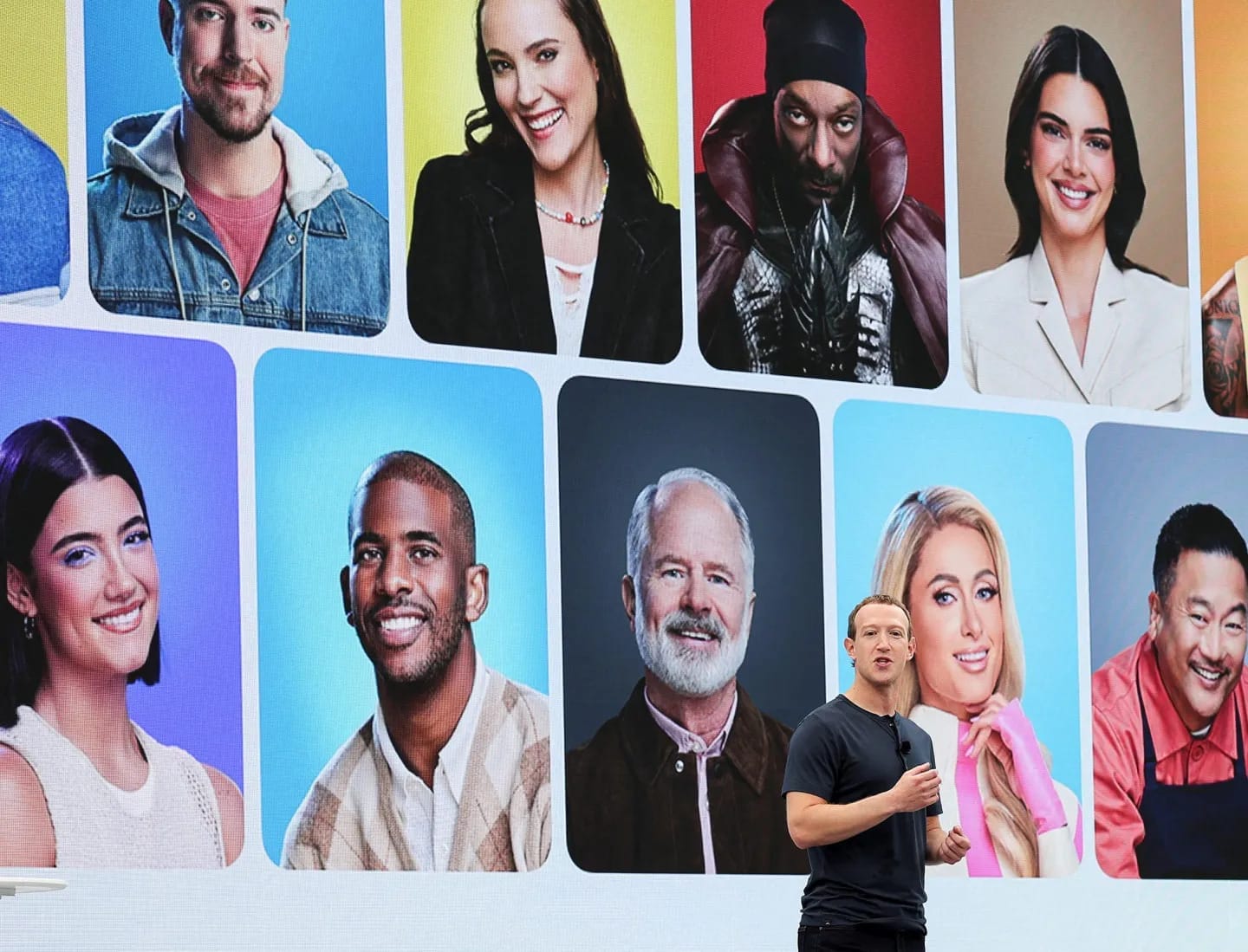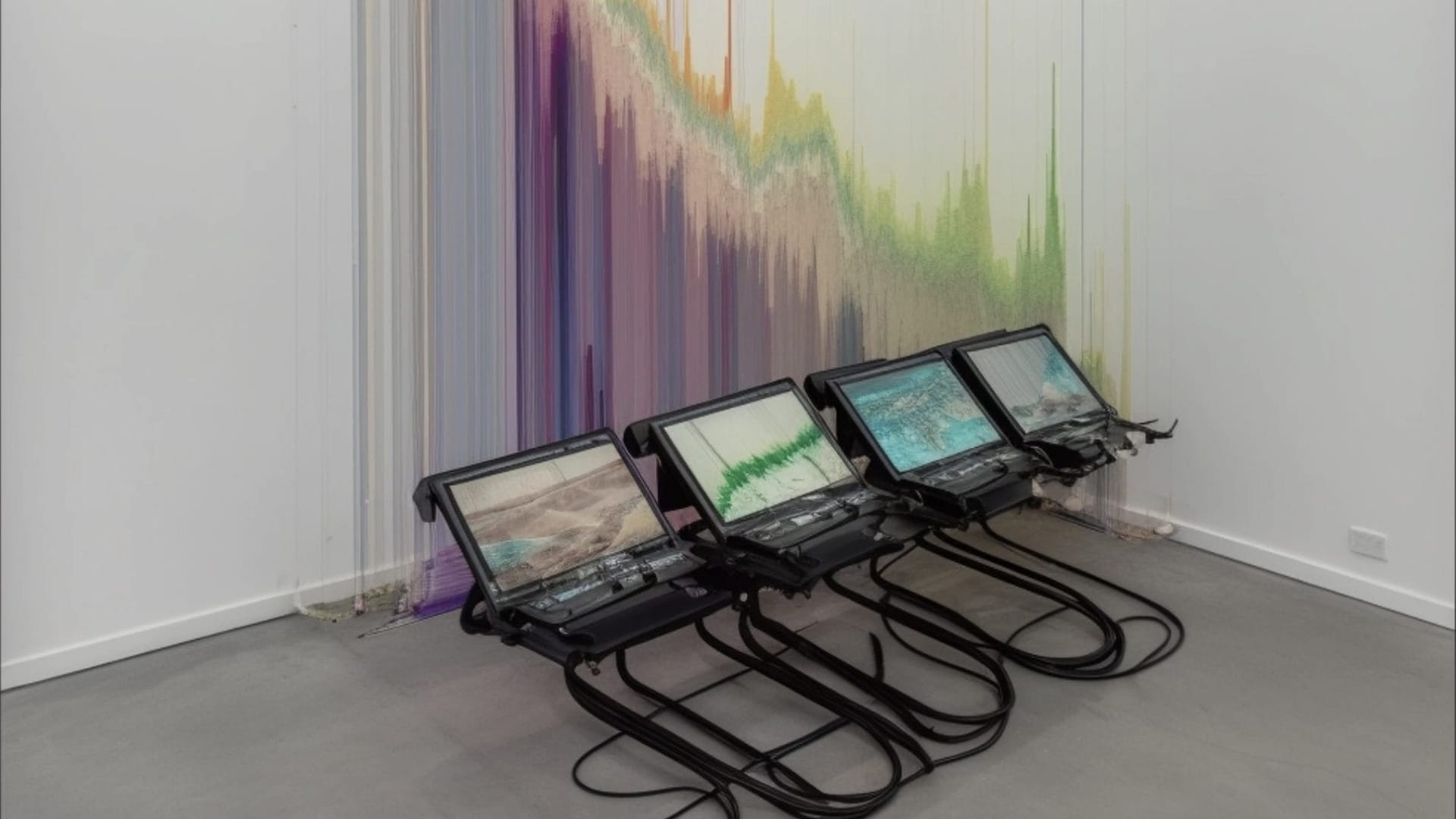
Can NFTs Ultimately Save Us from Deepfakes?
In an era of digital manipulation, the demarcation between the authentic and the fabricated becomes blurred, leading to an environment where the very fabric of truth is at stake.
This era is characterized by the ease with which digital content can be altered, creating a landscape where seeing is no longer synonymous with believing. Deepfakes, one of the vanguards of our time, epitomize the potential for distortion, reproducing reality with unsettling accuracy.
Against this backdrop, NFTs rise as digital sentinels, embedding authenticity into the DNA of digital media to offer an unforgeable guarantee of truth in a society increasingly fraught with deception.

Deepfakes: The Digital Doppelgängers Undermining Truth
Nowadays, the proliferation of artificial intelligence has brought about both remarkable innovations and daunting challenges. Among these is the emergence of deepfakes, a term coined to describe hyper-realistic video or audio recordings fabricated by AI to replicate an individual’s likeness and voice with unnerving accuracy. Initially greeted with a blend of awe and curiosity, this technology has in fact quickly become a tool for crafting disinformation, tarnishing reputations, and fabricating political narratives.
The accessibility and affordability of deepfake technology have democratized its potential for misuse, escalating fears about the erosion of trust in media and the possible manipulation of democratic processes. Almost immediately, the manipulation of visual and auditory content has evolved from a novelty to a notable threat, as seen in unauthorized celebrity likenesses in compromising situations and politicians depicted in falsified scenarios. Instances which reveal a profound ethical breach and a violation of consent, propelling deepfakes to the forefront of public discourse.
In the midst of this technological tug-of-war, a notable example unfolded during the Delhi elections, where a senior politician’s speech was deepfaked to appeal in two languages. This manipulation was not just a display of AI’s linguistic capabilities but a strategic move to sway voter opinion. The deepfake, which reached millions, exemplifies a chilling milestone in digital disinformation, showing that not only can individual reputations be compromised, but the very foundations of representative government could be shaken by these convincing fabrications. This incident powerfully underscored the growing imperative for robust, ethical frameworks to govern the use of deepfake technology.
Governments and social media entities, recognizing the gravity of the issue, have begun to arm themselves against this digital threat. Legislative efforts are underway to ban the malicious use of deepfakes, with social platforms instituting detection mechanisms and outright prohibitions. Yet, as the arms race between deepfake creators and those striving to detect them accelerates, questions linger over the adequacy of these countermeasures.
The tension between safeguarding authenticity and preserving freedom of expression remains a complex battleground in the quest to protect the fabric of reality from AI’s distorting touch.

The Digital Trust Crisis: In Search of the Immutable Truth
Amidst the escalating threat of deepfakes, which jeopardize our ability to discern truth in the digital realm, lies an urgent call for enhancing digital authenticity. This imperative forms a bridge into the foundational need for trust and integrity online. Authenticity in the digital sphere goes beyond mere verification; it is the bedrock upon which the framework of digital trust is built, ensuring that individuals and entities engage with genuine information and identities.
Nevertheless, to deepen the understanding of authenticity, it’s crucial to explore the concept from its core. Authenticity signifies the truthfulness of origins, attributions, commitments, sincerity, and intentions. In the physical world, authenticity is often taken for granted, despite its own share of challenges —original artworks, signed documents, and personal interactions carry inherent assurance of their authenticity.
Digital authenticity, on the other hand, is a more complex notion due to the ease of replication and modification of digital data. In the context of digital transactions and interactions, authenticity ensures that the entities involved are who they claim to be and that the information has not been tampered with. This is critical for trust in digital ecosystems, where a breach in authenticity can lead to theft of personal information, corporate espionage, and a host of other cybercrimes.
The importance of digital authenticity is amplified by our increasing reliance on digital channels for business, governance, and personal communication. It underpins the security of online banking, the integrity of cloud services, and the reliability of communication platforms. It’s no coincidence that security breaches often occur due to inadequate digital identity verification, underscoring the need for robust authentication mechanisms.
In the future, as we move towards an even more interconnected digital existence, the concept of digital authenticity will become more central. Blockchain technology and NFTs are poised to play a significant role in this landscape, offering solutions for secure and verifiable digital identities and asset ownership.

Origins of Authenticity: NFT Technology at Work
The inception of NFT technology was indeed a direct response to the need for indisputable proof of authenticity and ownership in the digital domain.
In 2012 “Colored Coins“ , the early forerunners of NFTs, were initially conceptualized as a means to tether the intangible digital bits to tangible assets, thus bridging the gap between the digital and physical worlds. This was an attempt to anchor the ephemeral nature of digital items to something immutable and definitive.
Then the technology evolved with the advent of the Ethereum blockchain and the ERC-721 standard, revolutionizing the concept of digital authenticity. This standard provided the necessary infrastructure for NFTs to become unique, indivisible, and interoperable, thereby ensuring that every digital asset could have a verified and public history of ownership. This new era was epitomized by the creation and subsequent sale of “Quantum“ by Jennifer and Kevin McCoy, in which a digital asset was not only created, but also owned, traded, and collected.
Etheria’s launch further explored the implications of digital ownership, taking NFTs beyond mere collectibles to become foundational elements of complex economies in virtual spaces. It showcased the potential of blockchain to authenticate and manage digital assets, setting the stage for a future where digital spaces are governed by the same principles of authenticity and ownership that we value in the physical world.
In this context, NFTs are not just a technological innovation; they are a response to the digital authenticity crisis, offering a way to verify the origin and ownership of digital content in a world where seeing is no longer believing. They represent a beacon of trust in a landscape increasingly marred by deception, providing a counterbalance to the erosion of trust instigated by deepfake technology.

NFTs: A Tangible Countermeasure to Deepfakes
Transitioning from the establishment of NFTs as pillars of digital authenticity, we turn to their practical applications as a bulwark against the tide of deepfakes.
NFTs, by virtue of their cryptographic foundation, are positioned as a veritable solution to the deepfake conundrum. While deepfakes exploit the malleability of digital media, NFTs introduce an immutable ledger of ownership and origination, acting as a digital watermark that is indelibly linked to its creator and immune to alteration.
Beyond the art world, where their impact is most visible, NFTs have the potential to secure a myriad of digital formats, from video to audio to social media content — a video backed by an NFT, for instance, could carry a seal of authenticity, enabling platforms and viewers to verify its legitimacy swiftly.
The potential for NFTs to serve as digital passports for content, could therefore offer a transformative approach to securing digital identity and expression: Governments, influencers, and corporations could encode their digital output within NFTs, creating an environment where verified content is the norm, and unauthenticated media is viewed with rightful skepticism.

Embracing NFTs in the Battle for Truth
In a world where digital manipulation casts an extensive shadow over our shared reality, the emergence of deepfakes has precipitated a crisis of truth. Amidst the melee of authenticity, NFTs enter as heralds of veracity, rather than mere tokens of art or commerce. NFT technology offers more than just a solution to a passing challenge—it represents a commitment to the integrity of creation itself, a vow that each work is as unique and unalterable as its creator’s vision.
Can NFTs ultimately save us from the deepfake deluge?
As we embrace NFTs in the battle for truth, we arm ourselves with more than just technology; we forge a new ethos for the digital age, one where integrity is not just a value but a verified fact.
fakewhale
Founded in 2021, Fakewhale advocates the digital art market's evolution. Viewing NFT technology as a container for art, and leveraging the expansive scope of digital culture, Fakewhale strives to shape a new ecosystem in which art and technology become the starting point, rather than the final destination.
You may also like
The Essence of Memory and Control: An Interdisciplinary Journey at Kunsthalle Winterthur
Time passes. “Memory fades, memory adjusts, memory conforms to what we think we remember,” wrote

In conversation with Scorpion Dagger
In this episode of Fakewhale Live, host Jesse Draxler chats with visual artist Scorpion Dagger, also
“Draw me a Bull”: Deciphering the Aesthetic of Trading Charts
“DRAW ME A BULL” is an artistic project by Pierre Pauze exploring the intersection between chart




